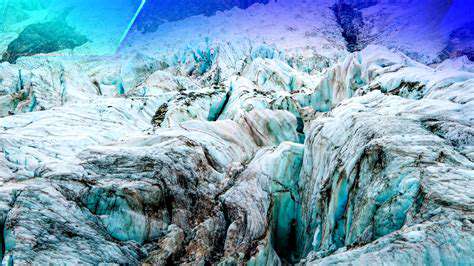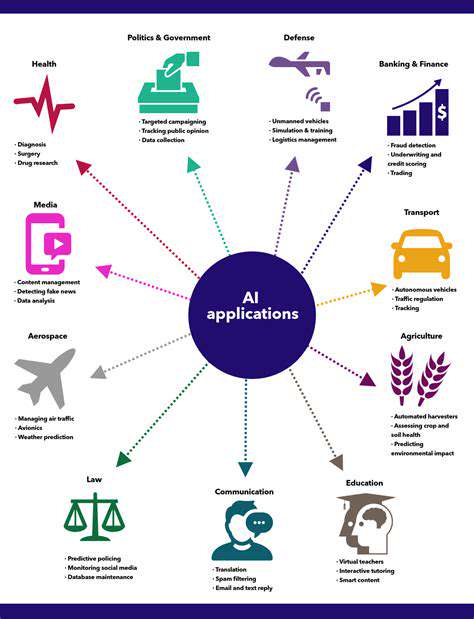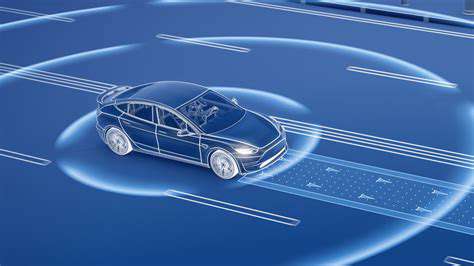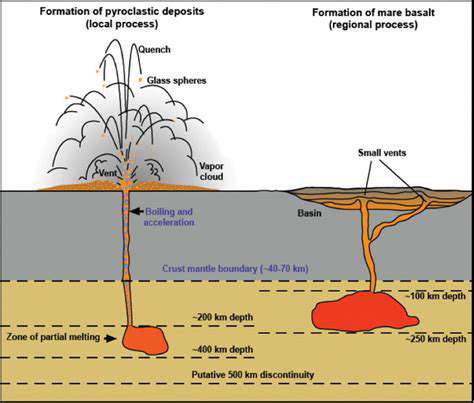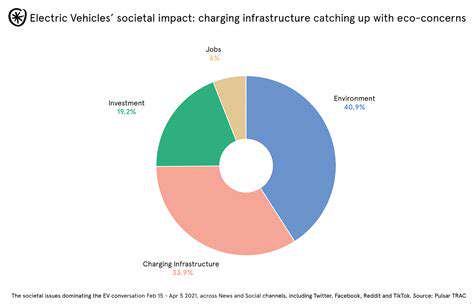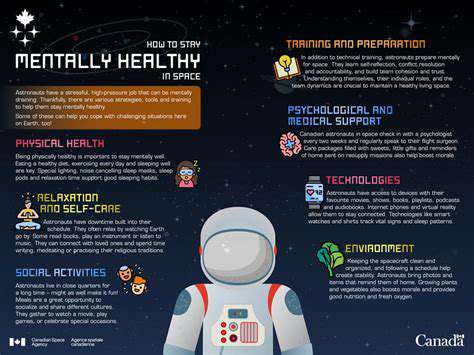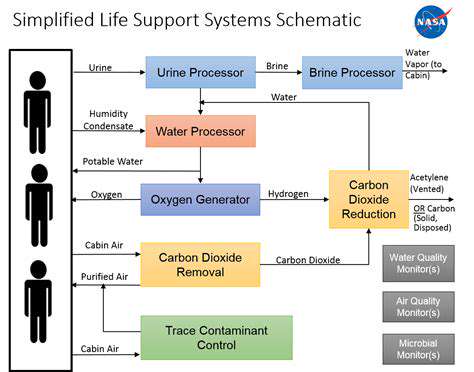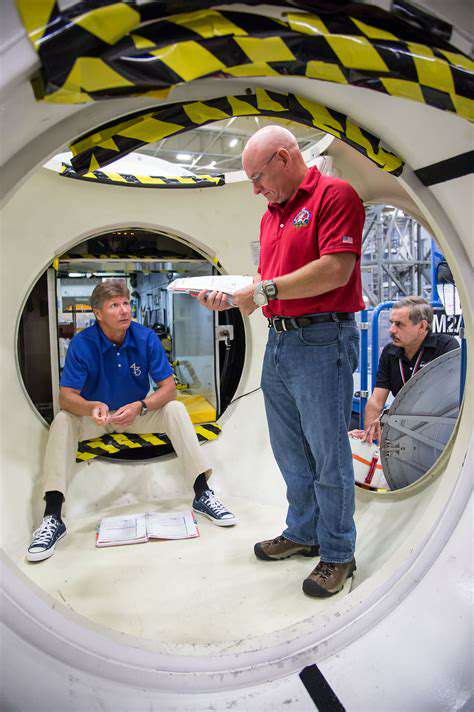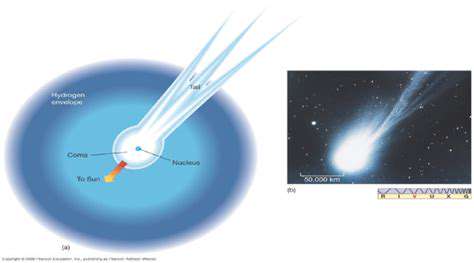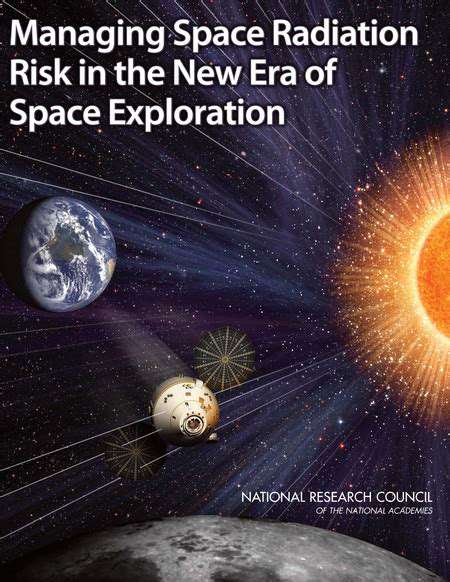
Active vs. Passive Shielding Systems
Active Shielding Systems
Active shielding systems differ from passive ones by using dynamic methods to counter particle radiation. These systems continuously monitor and adjust to radiation fluctuations, utilizing mechanisms such as magnetic fields or charged particle deflectors to either absorb or redirect incoming radiation. This adaptability is crucial for space exploration, where radiation levels can vary dramatically. A significant benefit of active systems is their ability to tailor responses to specific threats, offering customized protection against different particle types or radiation intensities.
For instance, a system might employ an array of electromagnets positioned to deflect high-energy protons. The system would dynamically adjust the magnetic field based on real-time radiation data. However, such setups demand substantial power and advanced control systems, increasing design complexity and weight.
Passive Shielding Systems
Passive shielding systems depend on dense, high-atomic-number materials to absorb and scatter radiation. Materials like lead, tungsten, or specialized composites act as physical barriers, converting radiation energy into heat. The shielding effectiveness hinges on material thickness and composition, making this approach more straightforward than active systems.
Material selection is pivotal. High-atomic-number materials excel at blocking gamma rays, while dense materials are better for lower-energy particles. The trade-off often involves balancing weight against shielding performance.
Material Selection for Shielding
Selecting shielding materials involves evaluating density, atomic number, and radiation type. Lead is popular for gamma ray absorption due to its high density and atomic number, but its weight is a drawback. Composites or alloys may offer a lighter alternative, though their efficacy requires thorough testing.
Design Considerations for Spacecraft Shielding
Spacecraft shielding must account for radiation type, intensity, trajectory, and mission duration. Deep-space missions, with higher radiation levels, necessitate thicker shielding than inner-solar-system missions. Engineers must balance shielding effectiveness against spacecraft mass and volume constraints, often through iterative design and simulation.
Challenges and Future Directions
Radiation shielding remains a critical challenge for extended space missions. Future innovations may include advanced composites, optimized shielding configurations, and more efficient active systems. Research into lightweight, high-performance materials and reduced-power active shielding will be essential for long-duration exploration.
Advanced Concepts in Space Radiation Shielding Design
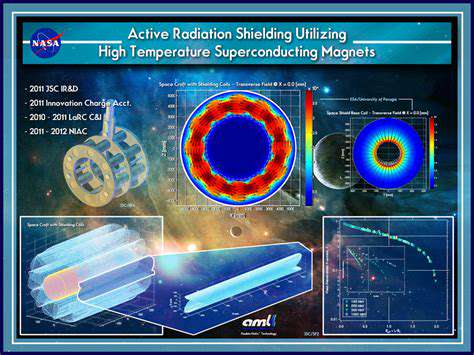
Understanding the Spectrum of Space Radiation
Space radiation comprises diverse particles and electromagnetic waves, each with distinct energies and biological impacts. Key components include high-energy protons, heavy ions, electrons, X-rays, and gamma rays. Understanding these variations is vital for risk assessment and protective strategies.
The Impact of Solar Activity on Radiation Levels
Solar flares and coronal mass ejections dramatically alter space radiation levels. Predicting these events is crucial for adjusting spacecraft operations and safeguarding astronauts.
Galactic Cosmic Rays and their Effects
Galactic cosmic rays (GCRs), originating beyond our solar system, pose long-term risks due to their high energy and unpredictability. Mitigating GCR effects is a priority for deep-space missions.
Radiation Shielding Techniques and Materials
Shielding strategies range from traditional metals like lead to advanced composites. Material selection depends on radiation type and required protection levels. Balancing efficacy, weight, and cost is a persistent challenge.
Radiation Dose Monitoring and Measurement
Real-time dosimetry systems track radiation exposure, enabling adaptive safety measures. Accurate data collection is essential for astronaut health management.
Biological Effects of Space Radiation
Space radiation can cause DNA damage and increase cancer risks. Research into these mechanisms informs both space and terrestrial health strategies.
Predictive Modeling and Risk Assessment
Advanced models simulate radiation environments to optimize spacecraft design and mission safety. These tools are indispensable for long-term mission planning and astronaut protection.
